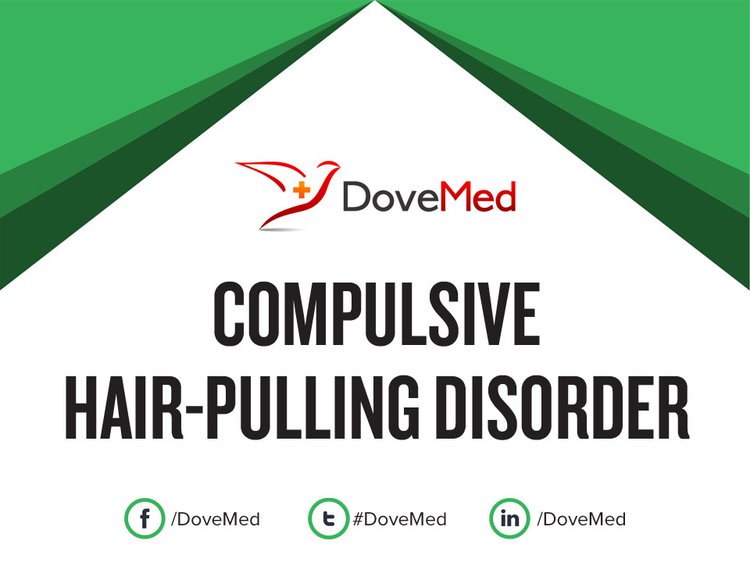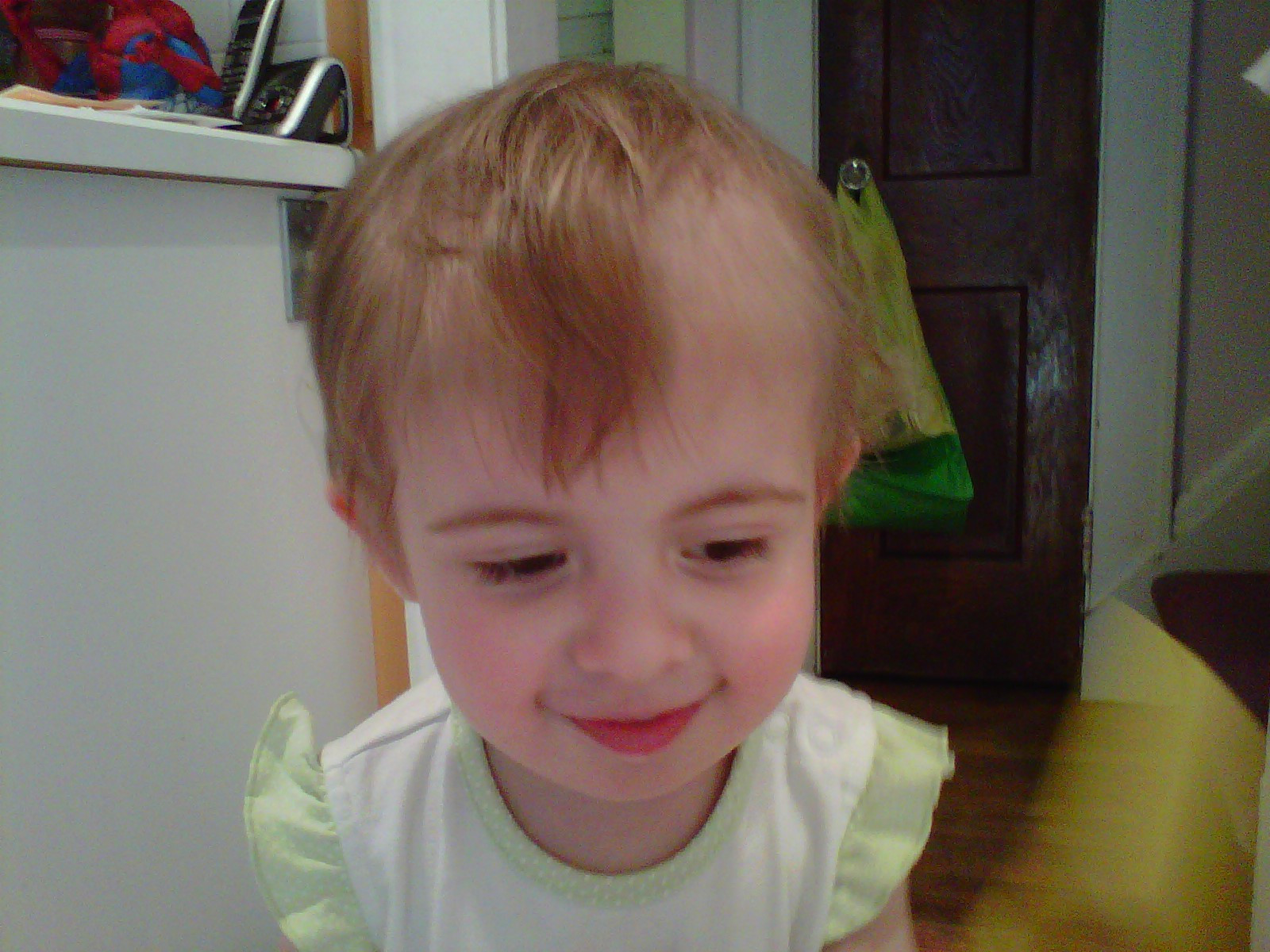Table Of Content

Doctors do not diagnose many cases of trichotillomania, which means there is very little information on effective treatments available. Most people with trichotillomania develop the condition in adolescence. Some of these people may then struggle with the condition continually or intermittently throughout adulthood. Diagnosis of trichotillomania is based on a psychiatric evaluation by a mental health provider such as a psychiatrist or therapist, as well as a physical examination.
What is trichotillomania?
Body-Focused Repetitive Behaviors: Common Types, Treatment, ADHD Link - ADDitude magazine
Body-Focused Repetitive Behaviors: Common Types, Treatment, ADHD Link.
Posted: Wed, 13 Jul 2022 07:00:00 GMT [source]
People with OCD often feel anxiety or fear about their obsessions. For example, someone might worry obsessively about things being out of order and feel a compulsion to arrange their things in a certain order. Most of the time, people with trichotillomania pull out their hair with their fingers, but you might also use tweezers or other tools. With focused pulling, people know that they are doing it but can't stop themselves.
Brain structure and function
Many people who have trichotillomania feel embarrassed or ashamed to let other people know they pull. They may try to hide their bald patches or hair loss with hats, scarves, or wigs. They might also wear false eyelashes or use makeup to try to cover up the physical effects of trichotillomania. Some people will stay at home or avoid social situations if they are self-conscious about their hair loss or pulling. For people with trichotillomania, that may include an overwhelming urge to pull out your own hair. Over time, repeatedly pulling hair out can lead to bald spots and even more emotional distress.
Frequently asked questions about trichotillomania
Researchers have found that individuals who are reluctant to seek conventional treatment may benefit from Internet-based interventions or support groups. While no medications are approved as a first-line treatment for TTM, some antidepressants, antipsychotic medications, and cannabinoid agonists have shown promise in limited studies. In some cases, clinicians will examine patterns of hair loss to determine the disorder’s severity or rule out other possible causes. Hair pulling disorder, also known as trichotillomania, is a mental health condition that typically begins in adolescence or early adulthood.
How to take care of myself/manage symptoms?
Trichotillomania: Diagnosis, Treatment, and Prognosis of a Complex Psychiatric Disorder - Dermatology Advisor
Trichotillomania: Diagnosis, Treatment, and Prognosis of a Complex Psychiatric Disorder.
Posted: Mon, 09 Nov 2020 08:00:00 GMT [source]
Symptoms may affect a person for just a few months, while it may affect another person off and on for many years. To diagnose trichotillomania, a doctor will talk to you about your medical history, as well as symptoms you may be experiencing. They will likely use the criteria in the new edition of the Diagnostic and Statistical Manual of Mental Disorders (DSM-5) to see if your symptoms match up. A 2013 case study suggests that symptoms of trichotillomania may be impacted by hormonal changes during pregnancy.
Treating trichotillomania
There is also an increased risk in those with a relative who has OCD or an anxiety disorder [7]. Dr. Charles Mansueto, director of the Behavior Therapy Center of Greater Washington, and his colleagues have been doing extensive research for TTM treatment. They have written scientific papers and have presented their findings to various entities including the Trichotillomania Learning Center. A treatment that covers the behavioral, affective, and cognitive variables had been absent. For this reason, Dr. Mansueto and his colleagues developed the Comprehensive Behavioral (ComB) model to cover those missing areas. If you find yourself regularly pulling out your hair or experiencing other symptoms of TTM, it’s time to talk with your doctor.

Conditions
Some people don’t seek treatment because they believe medical or mental health professionals don’t know much about the disorder. For many people with trichotillomania, hairpulling is a response to stress, frustration, or boredom. It can feel comforting and give you a place to direct your energy or something to do. Even if you know you might feel upset about it later, pulling can feel pleasant and satisfying in the moment. It might also help you feel in control during stressful situations.
Some data suggest that women are four to nine times more likely to experience trichotillomania than men, but other research suggests that women are simply more likely to seek help. ADHD is a mental health condition that affects focus, attention, activity, and concentration. While ADHD is not an impulse control disorder like trichotillomania, it can cause problems with impulse control. For this reason, scientists think ADHD and trichotillomania might have some connection with each other, but scientists are still learning about these links.
Get the Mayo Clinic app
Trichotillomania appears in the Diagnostic and Statistical Manual of Mental Disorders Version 5 or the DSM-5. This is the manual most mental health experts use to diagnose mental health-related conditions. The reviewers identified olanzapine, N-acetylcysteine, and clomipramine as the only drugs to have a significant treatment effect on trichotillomania. Because this condition can cause shame and embarrassment, many people find it tough to discuss it with a doctor.
For the psychiatric evaluation, your provider may use a variety of questionnaires and other tools to ask you about your experience. In addition, some research suggests that people with trichotillomania have higher gray matter density in some regions of the brain. Some people feel itchiness or tingling in their eyebrows and pull in response. Other people pull or over-pluck their eyebrows because they are worried about how they look or to help themselves deal with stress. Trichotillomania (TTM) is a mental disorder in which people feel an overwhelming need to pull out their own hair.
Patchy eyebrows or sparse eyelashes are visible clues, as well as bald or thin patches on the scalp, especially in persons too young for typical pattern baldness. Many people who have learned to manage their trich say that speaking to others about the condition led to a reduction in hair pulling. Our approach centers on treating people with the same kindness and respect that we value for ourselves.
Therapy is considered the front-line treatment for all BFRBs, including trich. Other kinds of therapy such as ACT and dialectical behavioral therapy (DBT) have also shown promise, especially when combined with HRT. Trichotillomania is a condition characterized by a compulsive urge to pull out one’s hair. In some cases, a “punch biopsy” (where your healthcare provider takes a skin sample for lab analysis) is necessary to confirm a diagnosis of TTM. This test can also rule out other skin conditions that might be the true cause of hair loss or hair pulling.
Adolescents, teenagers and adults with this condition tend to have much more severe problems. Most of the physical complications of trichotillomania can often lead to emotional ones. The patient eventually suffers from lowered self-esteem and social isolation resulting from the physical damage and embarrassment surrounding the condition. In an attempt to avoid discovery, the patient feels he or she must hide the disfigurement that trichotillomania causes. They typically achieve this by avoiding people altogether - causing relationships and job performance to suffer. Left untreated, trichotillomania can lead to clinical depression.

No comments:
Post a Comment